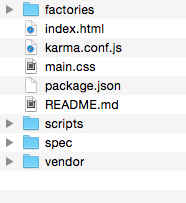In this chapter, we will cover several topics that will assist you in the long-term maintenance of your D3 code base. The goal is to create a foundation to build reusable assets that can be easily unit tested while leveraging popular tools and techniques already established in the JavaScript community.
Unit testing is important in any software development project, especially in a D3 code base. Typically, these projects involve a lot of code that applies analytics or manipulates data structures. For these types of problems, unit testing can help in the following ways:
- Reduce bugs: An automated test suite will allow the developer to break down and test individual components. These tests will be run constantly throughout the development cycle, validating that future features do not break the older working code.
- Document accurately: Often, tests are written in a human-readable...






































































